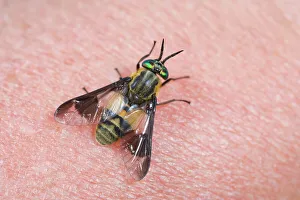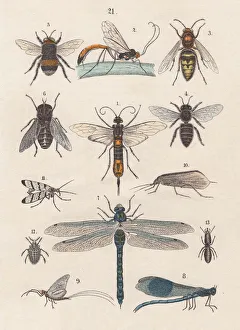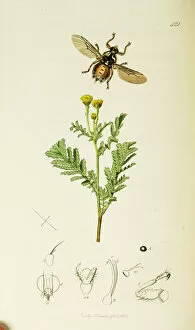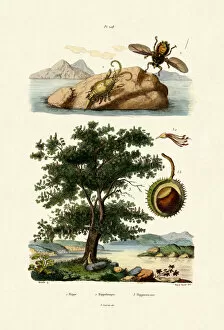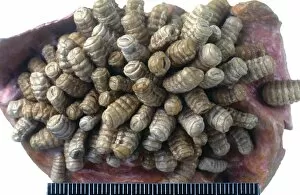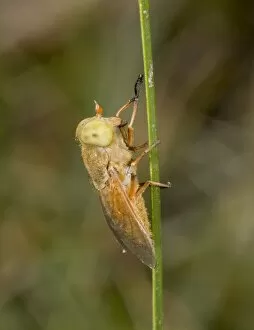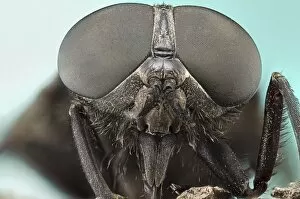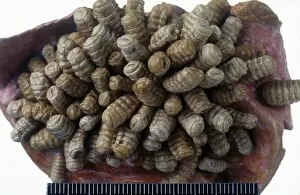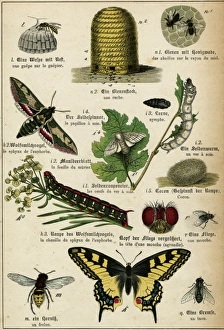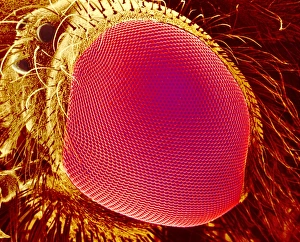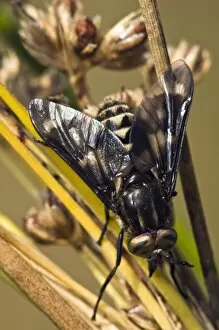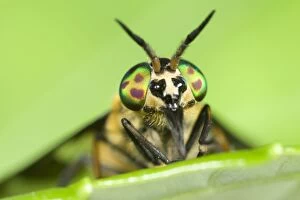Horse Fly Collection
The horse fly, scientifically known as Horse Fly JC 222 Diptera: Tabanus bromius
All Professionally Made to Order for Quick Shipping
The horse fly, scientifically known as Horse Fly JC 222 Diptera: Tabanus bromius, is a fascinating insect that captivates the attention of entomologists and nature enthusiasts alike. With its striking appearance and impressive characteristics, this creature never fails to leave an impression. One captivating image showcases a Horse (deer) Fly resting on human skin in Norfolk UK. The intricate details of its body are beautifully captured, showcasing the fly's banded eyes and unique features. This close encounter with humans highlights their ability to adapt to various environments. Another photograph captures two Horse Flies perched delicately on a leaf in Norfolk UK. Their presence adds vibrancy to the greenery around them while reminding us of their important role in pollination and ecosystem balance. Delving into history, we find hand-colored lithographs from 1880 depicting these insects in all their glory. Curtis British Entomology Plate 421 showcases the exquisite beauty of horse flies through meticulous illustrations that have stood the test of time. Intriguingly named "Bait Bug, " colored engravings from 1833-39 depict these flies' allure as they attract prey for sustenance. Similarly, Tenrecs are shown alongside horse flies during this period, emphasizing their ecological interactions within diverse ecosystems. Different species also make appearances among these images; Tabanus aeneus Surcouf stands out with its distinct characteristics while Glossina morsitans morsitans reminds us of the savanna tsetse fly's impact on both wildlife and livestock populations. Lastly, we observe Philoliche angulata - another type - whose presence further emphasizes the diversity within this insect family. Its unique traits contribute to our understanding of evolutionary adaptations throughout history.


